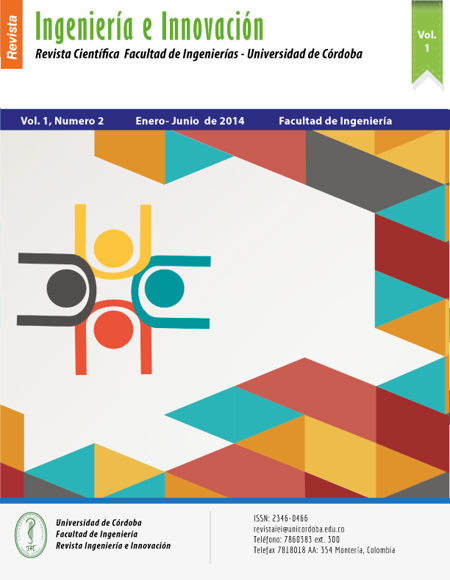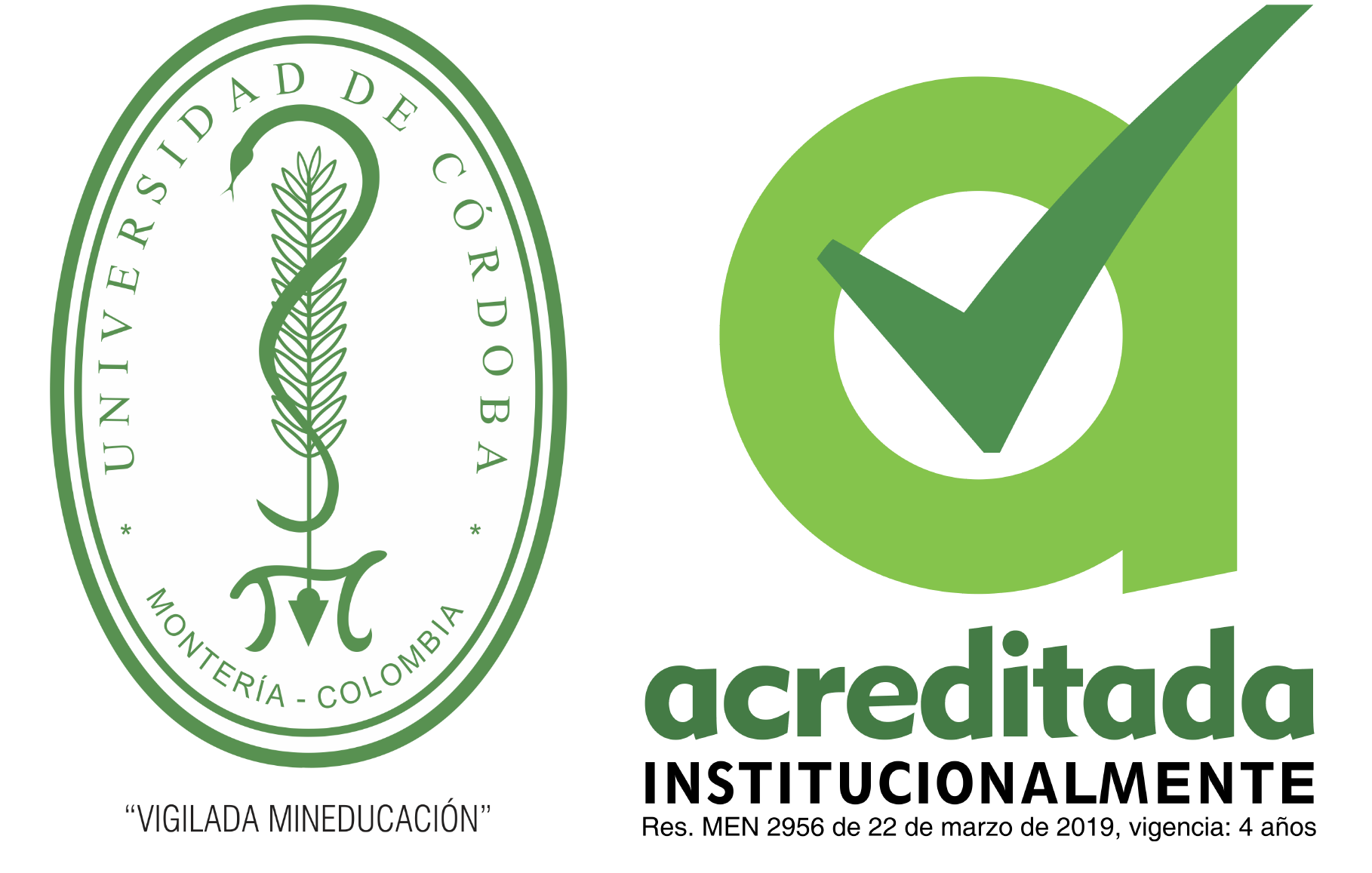Cómo citar
Rafael Stahnke, F., & Rosecler, M. (2014). Um modelo para o uso de simuladores no ensino. Ingeniería E Innovación, 2(1). https://doi.org/10.21897/23460466.1437
Dimensions
Mostrar biografía de los autores
Este artigo apresenta um modelo para a implementação e uso de simuladores no processo de ensino e aprendizagem. São apresentadas definições, exemplos de simuladores e a construção do modelo, baseado em quarto pilares: metodológicos, organizacionais, tecnológicos e estruturantes
Visitas del artículo 458 | Visitas PDF
Descargas
Los datos de descarga todavía no están disponibles.
- INEP. Indicadores Educacionais e dados consolidados. Disponível em: http://download.inep.gov.br/educacao_basica/enem/downloads/2013/enem2013_confirmados.pdf. Acesso em maio/2014.
- INEP. PISA - Programme for International Student Assessment. Resultados do PISA 2012. Disponível em: http://portal.inep.gov.br/internacional-novo-pisa-resultados. Acesso em: maio/2014.
- PRENSKY, Marc. Aprendizagem baseada em jogos digitais. São Paulo: Senac/SP, 2012.
- LEVY, Pierre. Cibercultura. São Paulo. São Paulo: Editora 34, 1999.
- DELORS, Jacques. Educação: Um tesouro a descobrir. São Paulo: Cortez, 1998.
- JONG, T.; JOOLINGEN, W. R. Scientific discovery learning with computer simulations of conceptual domains. Review of Educational Research, v. 68, n. 2, p.179–201, 1998.
- OED Online. Oxford English Dictionary. Disponível em: http://dictionary.oed.com. 2006. Acesso em: 27 Jan. 2012.
- ZIV, A.; BEN-DAVID, S.; ZIV, M. Simulation Based Medical Education: an opportunity to learn from errors. Medical Teacher, v. 27, n. 3, p.193-199, 2005.
- BASS, J. Revolutionizing Engineering Science through Simulation. A Report of the National Science Foundation Blue Ribbon Panel on Simulation-Based Engineering Science. Virginia, USA: National Science Foundation. may/2006. 66p.
- RUTEN, N.; JOOLINGEN, W. R.; VEEN, J. T. The learning effects of computer simulations in Science education. Computer & Education, v. 58, n. 1, p.136-153, 2011.
- AKPAN, J. P. Issues associated with inserting computer simulations into biology instruction: a review of the literature. Electronic Journal of Science Education, Southwestern University, v. 5, n. 3, 2001.
- BLAKE, C.; SCANLON, E. Reconsidering simulations in science education at a distance: features of effective use. Journal of Computer Assisted Learning, v. 23, n. 6, p.491–502, 2007.
- RIESS, W.; MISCHO, C. Promoting systems thinking through biology lessons. International Journal of Science Education, v. 32, n. 6, p.705-725, 2010.
- KETELHUT, D. J.; NELSON, B. C., CLARKE, J.; DEDE, C. A multi-user virtual environment for building and assessing higher order inquiry skills in science. British Journal of Educational Technology, v. 31, n. 1, p.56-68, 2010.
- TREY, L.; KHAN, S. How science students can learn about unobservable phenomena using computer-based analogies. Computers & Education, v. 51, n. 2, p.519-529, 2008.
- LIMNIOU, M.; PAPADOPOULOS, N.; WHITEHEAD, C. Integration of simulation into pre-laboratory chemical course: computer cluster versus WebCT. Computers & Education, v. 52, n. 1, p.45-52, 2009.
- DURAN, M. J.; GALLARDO, S.; TORAL, S. L.; MARTINEZ-TORRES, R.; BARRERO, F. J. A learning methodology using Matlab/Simulink for undergraduate electrical engineering courses attending to learner satisfaction outcomes. International Journal of Technology and Design Education, v. 17, n. 1, , p.55-73, 2007.
- BALTZIS, K. B.; KOUKIAS, K. D. Using laboratory experiments and circuit simulation IT tools in an undergraduate course in analog electronics. Journal of Science Education and Technology, Eric Resource Information Center. v. 18, n. 6, p. 546–555, 2009.
- MITNIK, R.; RECABARREN, M.; NUSSBAUM, M.; SOTO, A. Collaborative robotic instruction: A graph teaching experience. Computers & Education, v. 53, n. 2, p.330-342, 2009.
- TRUNDLE, K. C.; BELL, R. L. The use of a computer simulation to promote conceptual change: a quasi-experimental study. Computers & Education, v. 54, n. 4, p.1078-1088, 2010.
- PAPASTERGIOU, M. Digital game-based learning in high school computer science education: impact on educational effectiveness and student motivation. Computers & Education, v. 52, n. 1, p.1-12, 2009.
- LAAKSO, M. J.; MYLLER, N.; KORHONEN, A. Comparing learning performance of students using algorithm visualizations collaboratively on different engagement levels. Educational Technology & Society, v. 12, n. 2, p.267-282, 2009.
- BELL, R. L.; TRUNDLE, K. C. The use of a computer simulation to promote scientific conceptions of moon phases. Journal of Research in Science Teaching, v. 45, n. 3, p.346–372, 2008.
- CHANG, K. E.; CHEN, Y. L.; LIN, H. Y.; SUNG, Y. T. Effects of learning support in simulation-based physics learning. Computers & Education, v. 51, n. 4, p.1486–1498, 2008.
- HENNESSY S. Integrating technology into teaching and learning of school science: a situated perspective on pedagogical issues in research. Studies in Science Education, v. 42, n. 1., p.1-48, 2006.
- ARAUJO, A. M. P.; RODRIGUES, E. A. O ensino da contabilidade: Aplicação do método PBL nas disciplinas de contabilidade de uma Instituição de Ensino Superior Particular. Revista de Educação, v. 10, n. 10, 2007, São Paulo: Segmento.
- KANG, W. C.; JORDAN, E.; PORATH, M. Problem-Oriented Approaches in the Context of Health Care Education: Perspectives and Lessons. The Interdisciplinary Journal of Problem-based Learning, v. 3, n. 2, p. 10-26, 2009. Disponível em: <http://docs.lib.purdue.edu/ijpbl/vol3/iss2/5>. Acesso em: 10 Fev. 2011.
- GUERRERO, A. P. Mechanistic case diagramming: a tool for problem-based learning. Acad. Med, v. 76, n. 4, p.385-389, 2001.
- BORDENAVE, J. D.; PEREIRA, A. M. P. Estratégias de ensino aprendizagem. 25.ed., Petrópolis: Vozes, 2004.
- PRADO, M. L. et. al. Arco de Charles Maguerez: refletindo estratégias de metodologia ativa na formação de profissionais de saúde. Esc. Anna Nery, Rio de Janeiro, v.16, n.1, p. 172-177, mar. 2012. Disponível em: <http://www.scielo.br/ scielo.php?script=sci_arttext&pid=S1414-81452012000100023>. Acesso em 27 jun. 2012.
- KOLB, D. Experiential learning: experience as the source of learning and development. 1. ed., Englewood Cliffs: Prentice Hall, 1984.
- AQUINO, C. T. E. Como aprender: andragogia e as habilidades de aprendizagem. 1.ed., São Paulo: Pearson Prentice Hall, 2007.
- BEZ, M. R. Construção de um Modelo para o Uso de Simuladores na Implementação de Métodos Ativos de Aprendizagem das Escolas de Medicina. Porto Alegre, 2013. 314 f. Tese (Doutorado em Informática na Educação) – PGIE. CINTED - Universidade Federal do Rio Grande do Sul, Porto Alegre, 2013.
- BEZ, M. R. ; VICCARI, R. M. ; RIBEIRO, A. M. . Construção de um modelo para o uso de simuladores na implementação de métodos ativos de aprendizagem nas escolas de medicina. In: CBIE - Congresso Brasileiro de Informática na Educação, 2013, Campinas. Anais do Congresso Brasileiro de Informática na Educação. Campinas: Unicamp. v. 1. p. 1-8.





